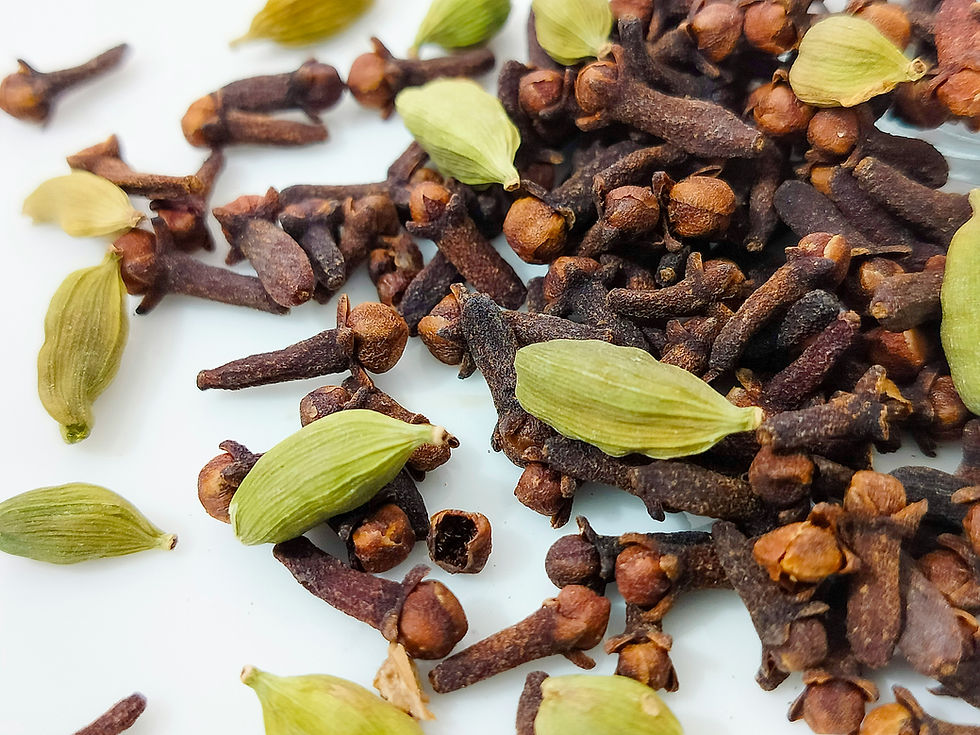How to Brew Coffee: Manual Brew vs. Espresso Machine
- IT DMK Cargo
- Aug 20
- 2 min read

Enjoying coffee is no longer just about the taste, but also the experience of brewing it. The two most popular methods used by coffee lovers and baristas alike are manual brew and espresso machine brew. Although based on the same coffee beans, the end result of both methods offers unique characteristics that can give each cup a different feel.
Manual Brew: Slow, Detailed, and Full of Flavor
Manual brew is often referred to as a "coffee ritual" because the process requires precision and patience. This method includes popular techniques such as pour-over (V60, Chemex) and French Press. For example, French Press requires the coffee to steep for several minutes before pressing the plunger, resulting in a richer flavor and a thicker texture.
The uniqueness of manual brew lies in the brewer's complete control. From water temperature, brewing time, to the grind size of the coffee beans, everything can be adjusted. The end result is also more varied: some are light and floral, others are more acidic and complex, depending on the beans and technique used. This is why manual brew is preferred by those who want to truly experience the "story" behind every cup of coffee.
Espresso Machine: Fast, Practical, and Intense
Unlike manual brew, espresso machines rely on high pressure to extract coffee quickly. In just seconds, hot water is forced through fine coffee grounds, producing a concentrated drink with a layer of crema on top. Espresso is known for its strong flavor, thick texture, and long-lasting aftertaste.
Besides consistency, espresso machines also excel in speed. It's no wonder many cafes choose this method because it allows them to serve large quantities of coffee without sacrificing quality. Espresso is the birthplace of popular menu items like cappuccino, latte, and the world-famous macchiato.
Which is Better?
This question really comes down to personal preference. Manual brew offers a meditative brewing experience, perfect for those who enjoy the details of the process and want to explore coffee flavors more deeply. Meanwhile, espresso with a machine is more practical, efficient, and perfect for coffee lovers with busy schedules who still desire a bold flavor.
This difference can even be felt in the caffeine content. In terms of volume, a shot of espresso may taste stronger, but a cup of hand-brewed coffee often contains more caffeine due to its larger volume. This means that the intensity of espresso and the richness of hand-brewed coffee go in different directions, but both provide a satisfying experience.
Choose to Suit Your Lifestyle
Ultimately, neither hand-brewed coffee nor espresso is truly "better." It all comes down to personal preference: whether you prefer to enjoy coffee slowly and with a relaxing process, or seek the convenience of a cup of espresso to support your busy schedule. Whatever your choice, coffee always has a way of adapting to your needs and lifestyle.
Every special cup of coffee is born from carefully selected beans. Mandala is here to provide the perfect solution for your coffee needs.
Contact us via WhatsApp and Email below:
WhatsApp: +62 813 9669 0008





Comments